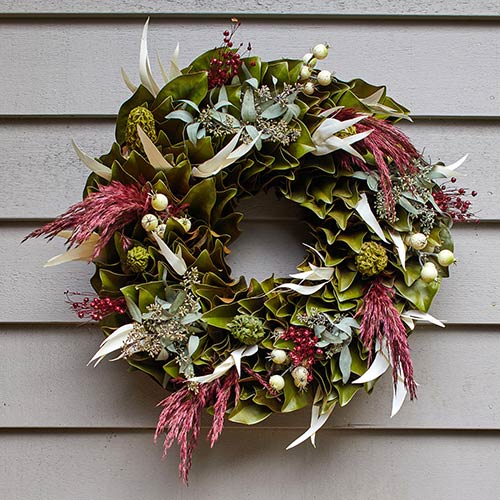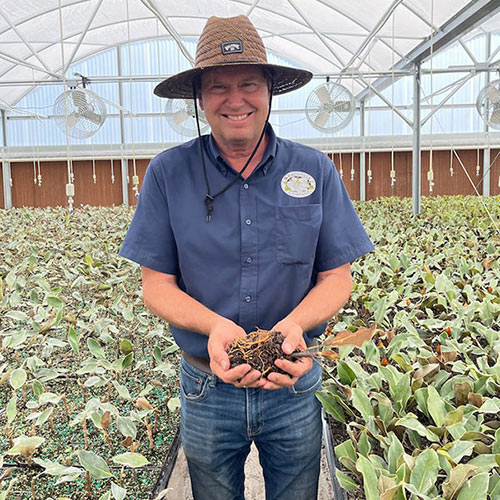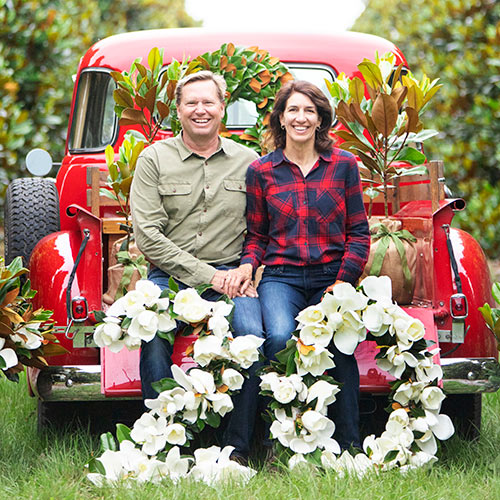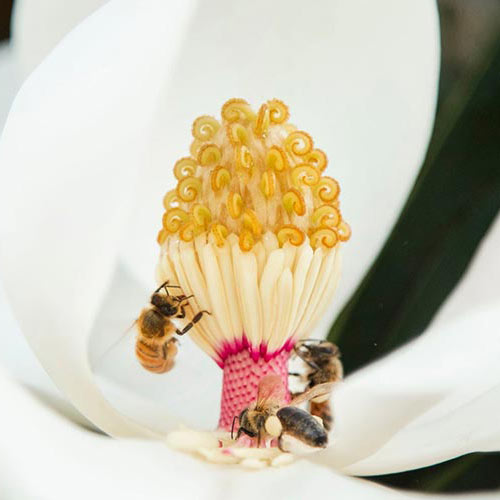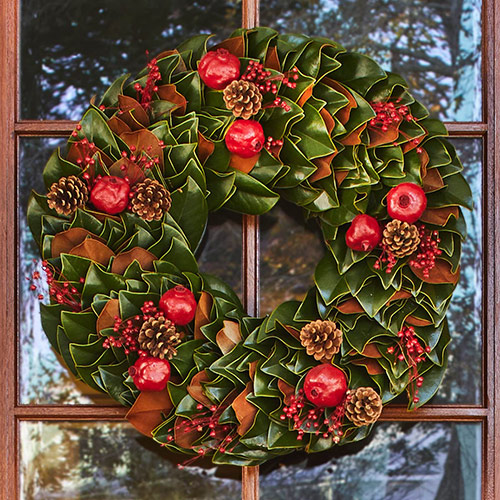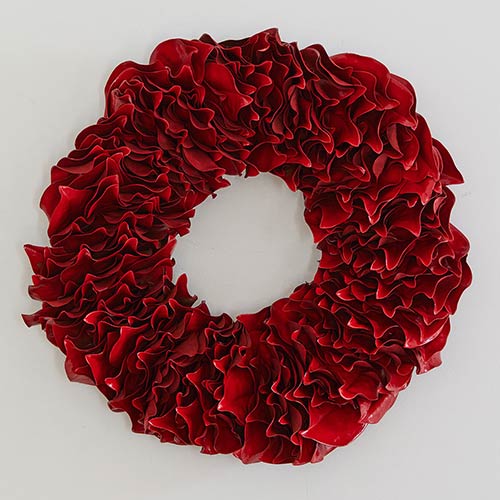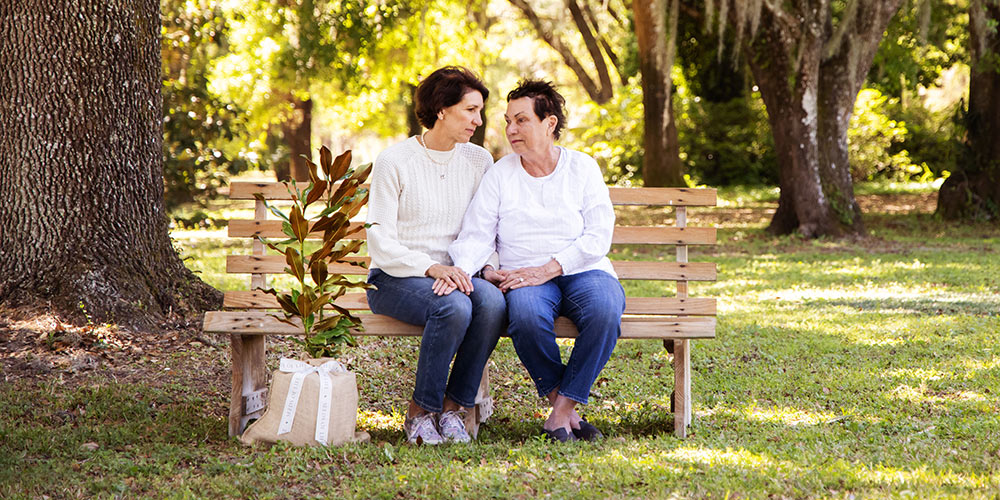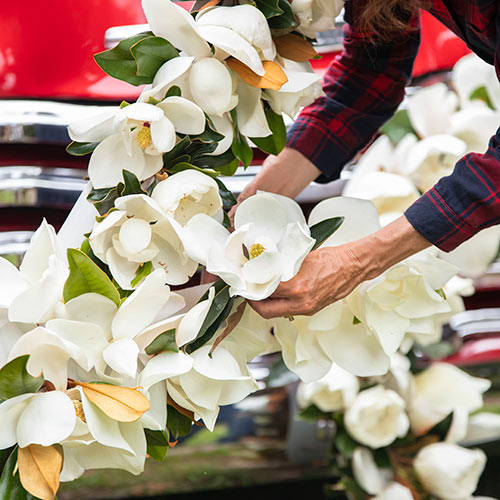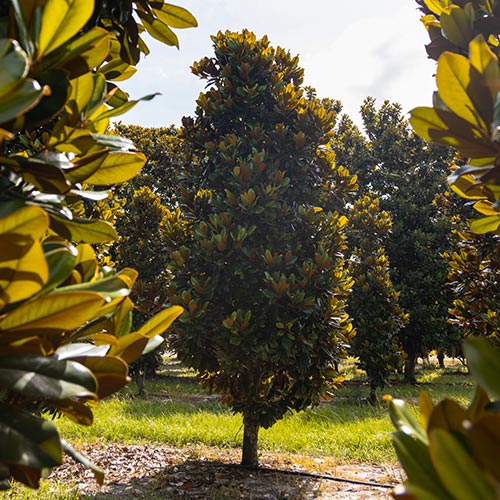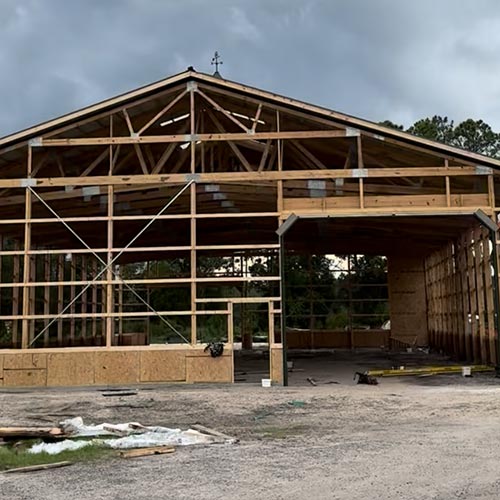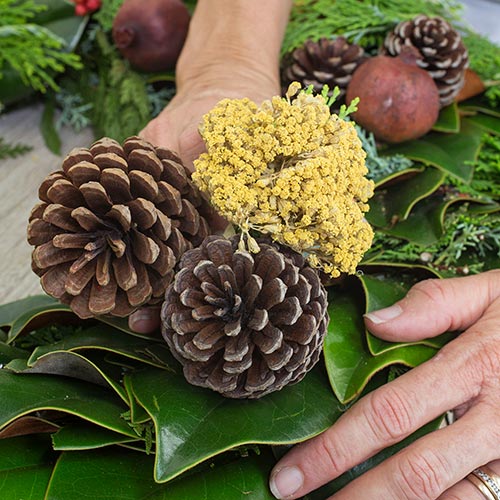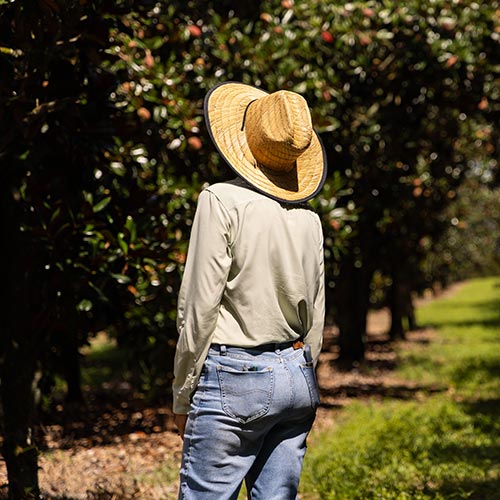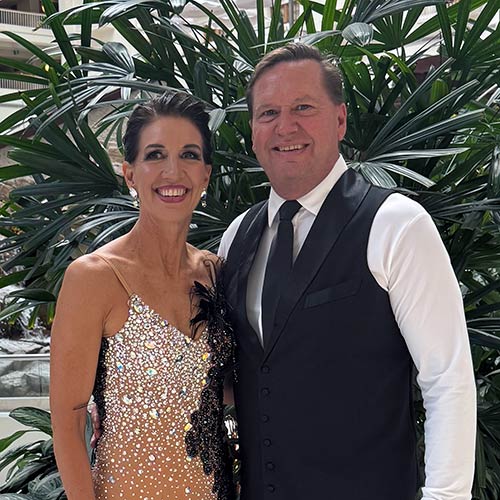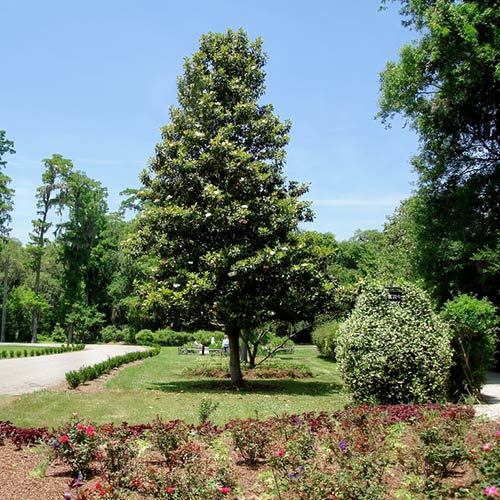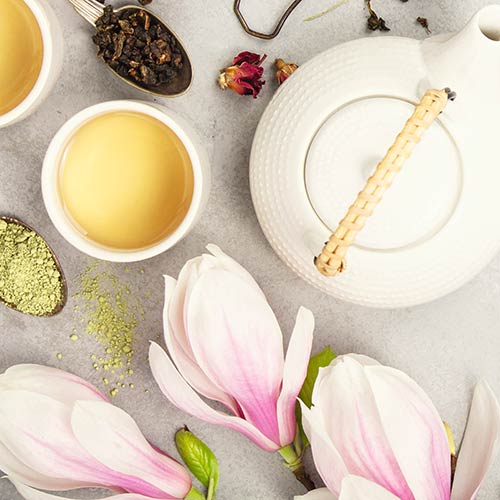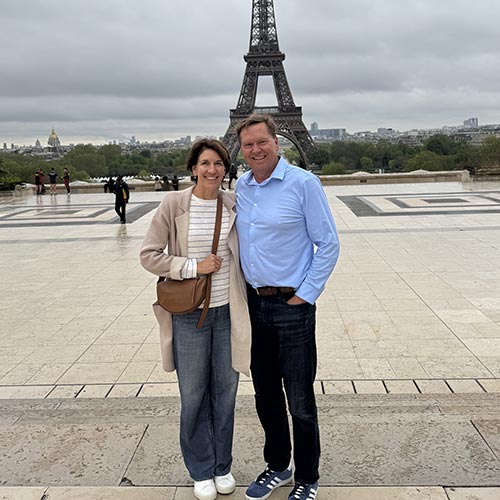Making a Magnolia for a Better Florida: Hope and Hard Work
June 10th, 2025
To Err is Human.
And heavens know we’re all human, with error in abundance. It doesn’t matter how far back in time you travel, or how far into the future you daydream: people are destined to make mistakes.
Some mistakes are small, with little to no consequences. Some mistakes are big, and their effects last for generations.
Mistakes happen, but how we remedy them is a large part of what defines us as people and as societies. The work we do, the hope we instill, the mistakes we make, and our path to right them – it’s all part of our legacy.
Thoughts on Legacy…
Matt Roth, one of the cofounders of The Magnolia Company, spends a lot of time thinking about legacy. He’s one of those guys who understands, at his core, that the world is a lot bigger than himself, and he’s got a certain reverence for that fact of life.
Matt asks questions. A lot of questions, some of which aren’t easy, and others that are downright uncomfortable, like:
- “Do I want to do the work required to help heal humanity’s wounds to the Earth?”
- “How can I make the world a better place in a truly impactful way?”
- “What responsibility do I carry as a citizen of the world?”
- “How do I want to help undo the damage done by industrialization and capitalism to the environment?”
- “As an agribusiness owner, how much does sustainability matter to me? Am I willing to invest in its pursuit, even if it’s less profitable?”
- “What do I owe the next generation?”
- “What do I owe the planet?”
- “What do I want my legacy to be?”
It’s a long list of questions, but Matt’s the kind of person who lives for his answers.
… Which Brings Us to Matt’s Legacy
If you’ve peeked at our blog page before, you know about a lot of what Matt and The Magnolia Company do to ensure our business is as ecofriendly and sustainable as possible.
From water reclaiming, to nonchemical pest control, down to our harvesting practices, there’s an immense amount of consideration and science behind every agricultural decision we make.
Matt is usually the visionary that catalyzes these projects. Some do end up saving the company money; when they do, it’s a happy side effect – not the main purpose. Others are long term investments that pay off after years. But all, and we mean all of the decisions we make are from a place of environmental conservation and stewardship.
For once, it’s not all about the money.
Isn’t that refreshing?
Matt’s Latest Project
After decades in the professional business of growing magnolias, Matt’s learned a thing or two about what it takes to keep these trees looking gorgeous and healthy.
There are tons of species in the magnolia family, and they come from all over the world. China, Japan, Korea, and much of the Asian Pacific region is responsible for some of the most beautiful cultivars. There are also remarkable species that hail from New Zealand.
Closer to home, many of the cultivars for Southern Magnolias come from the Carolinas. Most of the magnolias you see in the US are Southern Magnolias – the queen bee of the magnolia family. They’re iconic, gorgeous, and really hardy plants…
But some of the most popular cultivars like Little Gem or DD Blanchard struggle in Florida without an abundant amount of water.
Florida’s Magnolias
It’s not the tree’s fault. The parent trees are used to moderately warm climates, four distinct seasons, and clay soil which makes water very available to these beautiful trees.
When we plant these Carolina varieties in Florida, we’re subjecting them to blistering sun, functionally two seasons (hot and hotter), hurricanes, drought – flood dichotomies, and worst of all, sandy soil-which makes water less available to these gorgeous trees.
Maintaining a healthy Southern Magnolia in Florida requires lots of water, additional nutrients for the soil (fertilizer), mulch, and a bit of attention. Sometimes, you also need a good dose of elbow grease.
Southern Magnolias are The Magnolia Company’s crowning achievement.
Though these trees are gorgeous, the average homeowner or landscaper doesn’t know everything that Matt knows about the best ways to care for these magnolia, and they certainly don’t have the top of the line agricultural infrastructure installed in their yards to care for the tree in a sustainable way.
“When I see a tree struggling, I know almost immediately what the problem is. There are inherent issues with some magnolias that don’t do great in Florida’s sandy soil, and some of those magnolias are the most popular on the market,”
– Matt
The Solution: A New Kind of Magnolia
What if you could design a tree that would thrive in these harsh conditions? A tree that naturally maintains its health and beauty with minimal resources beyond what nature provides?
Here’s where Matt Roth puts on his Mad Scientist and Daydreamer hats.
“One of the reasons why I’m interested in this is in Florida, at the rate our environment is being developed and developed, there are a lot of magnolias that aren’t the best fit because our soil is just beach sand left over from when Florida was essentially the ocean floor.”
We asked Matt what the ideal magnolia for Florida’s landscape would be. Here’s what he said:
“For the market, it wouldn’t be such a tremendously huge tree. Something that maintains itself in the 35 -45 foot range, as opposed to these 60-foot trees that can take over a homeowners yard. Obviously, we want heavy flowering characteristics for our foraging wildlife and pollinators, and the flowers also help make it marketable. Drought tolerance is a big one. Oh, and everyone wants these colorful brown backs on the leaves, like the Carolina cultivars.
If you can develop that, you can make something that lasts for Florida.”
Okay, so it’s a simple four-item checklist.
- 35-foot stature
- Heavy flowering
- Drought tolerance
- Brown backs on the leaves
That’s not so bad… right?
Well, if it were easy, everyone would do it. Thankfully, Matt loves a challenge.
Creating a New Magnolia Species
On paper, it’s a simple process.
Step 1: Cross Pollination
Matt plants different magnolias in blocks next to each other. These blocks of groves have traits he wants to blend. Rather than go in with a swab or paintbrush, as is common practice when you’re doing this kind of work, he lets nature do its thing. Matt knows that if he allows nature’s pollinators to handle cross pollination, he’s still got a high likelihood of getting the genetic recombination he’s after.
Step 2: Harvest the Seeds
When flowering is over, Matt harvests the seeds off those cultivars, knowing there’s a high chance they were crossed because of their close proximity to each other. It’s a bit of a shotgun approach, but it’s working with nature instead of against it. There’s something beautiful in that.
The bright red seeds are ready to harvest in September and early October.
Step 3: Clean the Seeds
Each seed gets stripped out of the pod, and all of the red fleshy fruit needs to come off. Matt has a drill specifically designed for this.
Step 4: Sorting and Storage
Clean seeds go to a workbench, where they’re left to dry and Matt sorts them. He marks which ones were likely crossed by which cultivars, then he stores them in a refrigerator for 90 days to mimic winter conditions.
Step 5: Germination
After their internment in old weather storage, Matt pulls the seeds out in the spring and gives them the right conditions for germination. When tiny little leaflets start to come up in mid June, the sprouts get a new, larger container to develop their root balls.
Next year, they’ll go into 3 gallon pots.
After Year 2 or Year 3, Matt has a good idea of the tree’s eventual characteristics. He won’t know for sure until the tree is established in the ground, but he’s been doing this long enough that he can make reasonably accurate predictions in the early stages.
Big Picture Outlook
Not many people are interested in doing this kind of work because, well, it’s work. And it takes a very, very long time. These kinds of genetics take multiple generations of trees. It’s not an instant reward at any point in the process.
When you’re running a business, you’re focus is on making payroll, not creating new trees. Matt gets that, so this is something he’s taking on in his own time.
“I look at it as an ecology thing, as I’m looking around at landscape where some native magnolias are thriving. I’m excited about introducing these beneficial genetics into our trees. It’ll be beneficial long after I’m gone.”
A Note on Money, Patents, and Hope for the Future
The money in an endeavor like this is in the patent. So, we put it out on the table and asked, “Matt, if you successfully develop this magnolia, would you patent it?”
“If we could, we’d look into it. I certainly pay a lot in patent fees to a breeder in New Zealand for the Fairy Magnolia, and I have no problems paying that patent owner for the beautiful work that he did.”
Patenting genetic work like this is a long, difficult process. As it stands, Matt has no plans to patent his work, for the simple reason of “that’s not the point.”
Money isn’t the motivation for this project, but Matt knows marketing is important in the creation of a better world.
It comes down to critical mass and hope.
We’ll end this blog with a direct quote from the end of our interview with Matt:
“I know money wins, and our great state of Florida is going to be developed, but I have to stop and think ‘okay, what could I do?’ It’s about hope. Hope can be contagious, and people get behind that.
We need critical mass to get things to trend toward that native ecofriendly development that everyone always talks about. It’s just really important. You just have to keep going. If everyone plays their part to help heal our natural environment, Florida can stay beautiful.
I can watch the news today and be like ‘oh my gosh, what is going on?’ The world doesn’t resemble anything I grew up believing in, but I can’t let that get me down. Things are gonna get better. It can get better.
It should be up to us to be part of that solution.”
Well said, Matt. Well said.
Recent Articles
